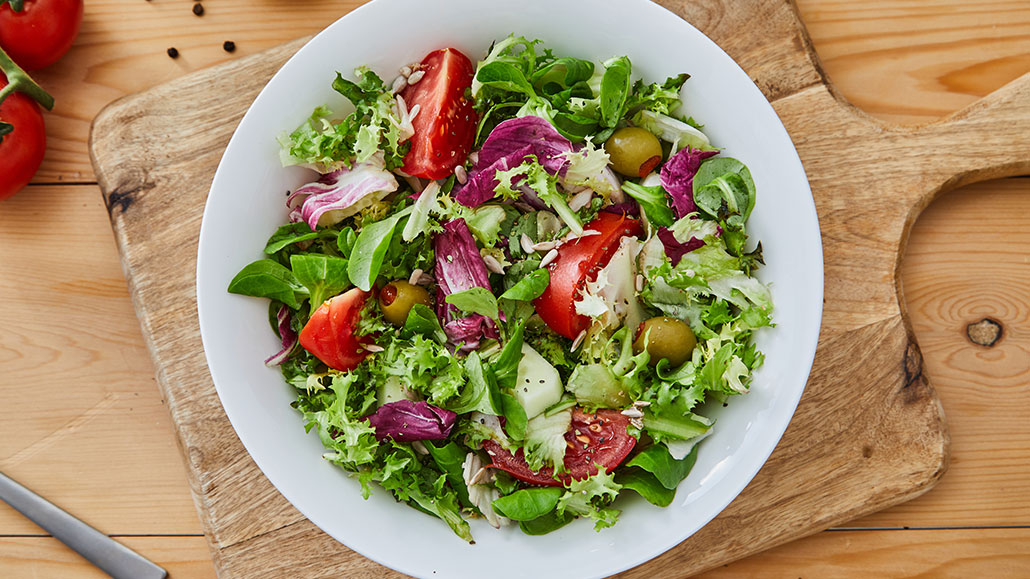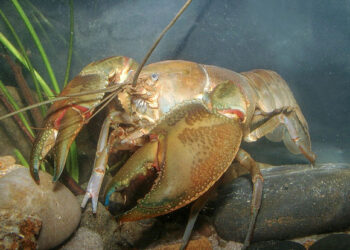amino acids: Simple molecules that occur naturally in plant and animal tissues and that are the basic building blocks of proteins.
B12: Also known as cobalamin, it’s a vitamin that plays a role in the proper function and development of blood cells and many types of tissues. These include the brain and nerves.
chemical reaction: A process that involves the rearrangement of the molecules or structure of a substance, as opposed to a change in physical form (as from a solid to a gas).
chemistry: The field of science that deals with the composition, structure and properties of substances and how they interact. Scientists use this knowledge to study unfamiliar substances, to reproduce large quantities of useful substances or to design and create new and useful substances.
creatine: A nitrogen-based compound made naturally by animals with backbones. It helps their bodies supply energy to cells, especially the making up muscle.
crop: (in agriculture) A type of plant grown intentionally grown and nurtured by farmers, such as corn, coffee or tomatoes. Or the term could apply to the part of the plant harvested and sold by farmers.
cysteine: This is an amino acid that plays a role in making many proteins and driving certain metabolic activities in living things. Cysteine is a part of beta-keratin, which is the main protein in your hair, skin and nails. In chemistry, cysteine can act as an anti-oxidant.
diet: (n.) The foods and liquids ingested by an animal to provide the nutrition it needs to grow and maintain health. Sometimes this is a specific food-intake plan.
engineer: A person who uses science and math to solve problems. As a verb, to engineer means to design a device, material or process that will solve some problem or unmet need.
environment: The sum of all of the things that exist around some organism or the process and the condition those things create. Environment may refer to the weather and ecosystem in which some animal lives,…
Read the full article here





